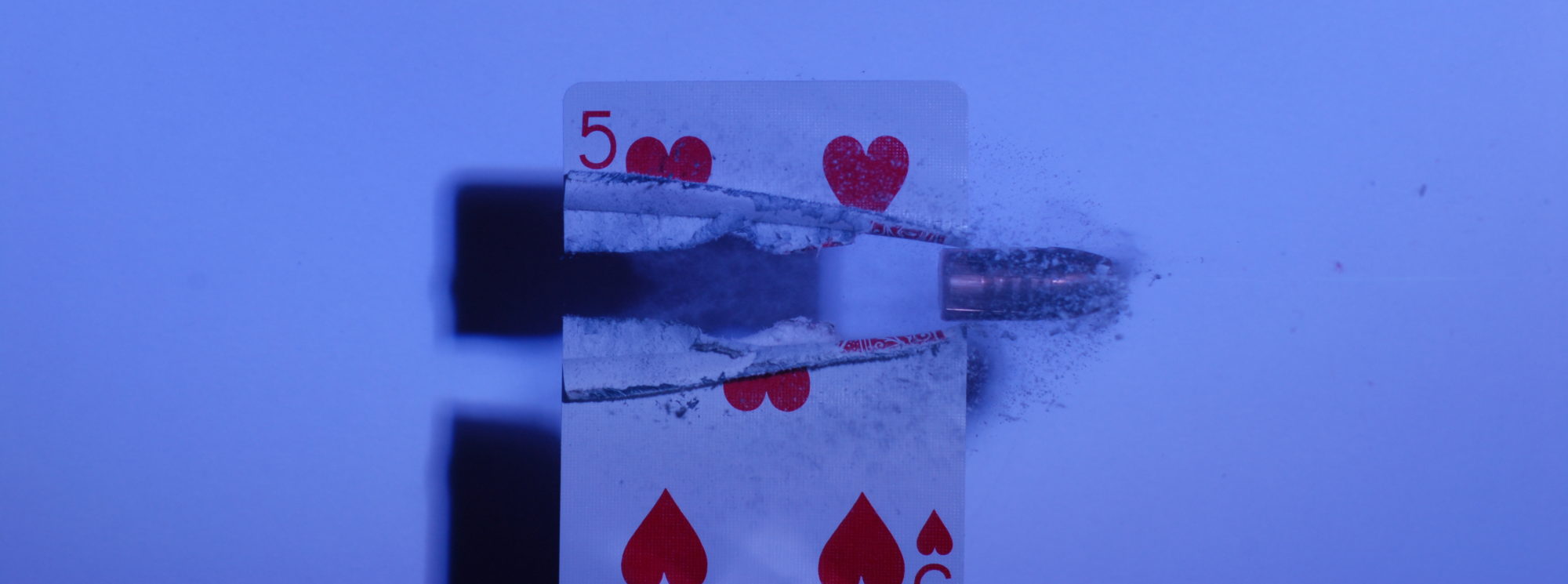
I do not think that it is any great secret that my very first rifle was a Lee Enfield No4mk2. I purchased it for $75 at an estate sale when I was barely over 18. From the same estate sale I bought a fun hundred rounds of mil-surp .303 Brit, which lasted about one or two range sessions. That was about 15 years ago, and I still have that rifle.
The Lee Enfield SMLE design had a long service life. First introduced in the late 1800’s and still reportedly used on battlefield as recent as the early 2000’s. The .303 British is one of the few military cartridges that was introduced as a black powder cartridge but was successfully modernized to used smokeless powder and remain in military service well into the 19th century. The favorable ballistics made it a potent sporting and competition cartridge well into the 70’s.
After the World Wars there was tens of thousands of these rifles were sold off a surplus, many were snatched up and transformed into competition rifles or sportified into hunting rifles. Unfortunately they are not as common as they used to be, and these old rifles are not as accurate or as practical as some of the newer entry level hunting rifles similarly priced. I would love to see a company produce a line of new production replica’s, but they would lack the “Old World” nostalgia, and likely would be priced higher then the market would bare.
If you have never fired a Lee Enfield you are missing out on a piece of history. Having learned to shoot using the old war horse, I developed a preference for two stage triggers, fine aperture sights, and the warmth and weight of wood stocks. Being a creature of habit, these preferences have carried on today. To the point where I really wish my Barrett MRAD came installed with a 2 Stage trigger….
It should surprise no one that I own several different books regarding the Lee Enfield. However the The 2012 Complete book on Lee Enfield Accurizing, has probably been the best book I have found so far. Mr. Wadham discusses accurizing the rifle in depth, as well as discussing much in the way of history of Lee Enfield’s in general. I find his writing style to be both informative and easy to read. The book covers accurizing tips that apply to Lee Enfield No 1, No 1 Mk3, No 4mk1&2, No5mk1 and the more modern Ishapore 2a rifles chambered in 7.62x51mm.
Here are some of the topics covered:
- Basic Parts and Terminology
- Accuracy potential and expectations
- 303 Ammunition
- Rifle inspection including head spacing
- Accurizing the Bolt, Buttstock, and Fore End
- Regulating, or Blueprinting of the rifle
- Bedding the rifle
- ShootingTechniques
The book contains well over 300 black and white pictures, most are helpful, the camera angles and lighting are sufficient in most cases. With that said the book can be purchased as a hardcover with color photographs, or be purchased as a digital copy, which also has color photos. In hindsight I wish I purchased book with color photo’s it just add a bit more that I feel is world the extra cost.
The book references many online resources in the text, a practice which I have mixed feeling about. When reading, it is a bit annoying to read web addresses, it would be nice that have them most conventionally referenced at the bottom of the page or in a reference section at the end of the book. That is likely a personal preference and you may or may not find it bothersome.
Much of accurizing depends on taking existing parts and polishing, smoothing, shimming or otherwise altering them in order to get better accuracy. This book communicates a tremendous amount of technical information but does not have much in the way of dimensional drawings. If that what you are looking for, this is not the book for you, however it still has a lot of practical value and if you are interested in getting the most out of your Lee Enfield, this book should be on your shelf.
One last thing of note, the website often reference as www.enfieldresource.com does not appear to be active or has been renamed. The closest is Lee Enfield Resource.com, which I am assuming it what the author had been referring to.
(The hypocrisy of criticizing a book for putting web addresses in the text and then doing it myself has not been lost on me)
